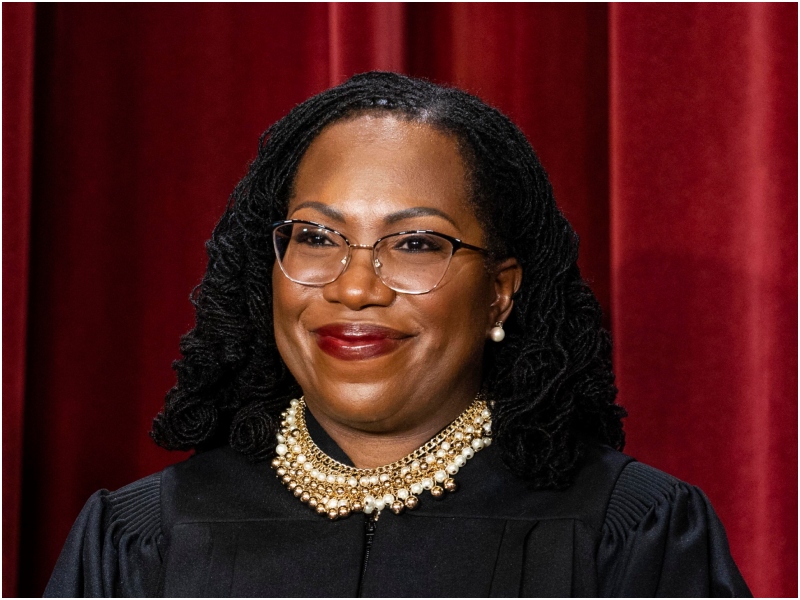In a sharply worded dissent, U.S. Supreme Court Justice Ketanji Brown Jackson warned that the Court’s recent decision in Diamond Alternative Energy v. Environmental Protection Agency could erode public trust and fuel perceptions that the judiciary favors “moneyed interests” over ordinary citizens.
The majority opinion, authored by Justice Brett Kavanaugh and joined by six other justices—including liberal Justice Elena Kagan—held that fuel producers have Article III standing to challenge the EPA’s approval of California’s strict vehicle emissions regulations. The 7-2 ruling reversed a decision by the D.C. Circuit, which had previously dismissed the challenge.
Justice Jackson, one of two dissenters alongside Justice Sonia Sotomayor, criticized the ruling as contributing to a broader narrative of judicial partiality.
“[The Court] is already viewed by many as being overly sympathetic to corporate interests,” she wrote. “The fuel industry’s gain comes at a reputational cost for this Court.”
Background of the Case
The case involved several fuel producers who challenged the EPA’s approval of California’s ambitious vehicle emissions standards, which mandate that automakers reduce average greenhouse gas emissions and produce a set percentage of electric vehicles.
The plaintiffs argued the EPA overstepped its authority under the Clean Air Act by endorsing regulations that address global climate change rather than local air quality, as required by statute.
In allowing the lawsuit to proceed, the Court ruled that fuel providers demonstrated sufficient injury to satisfy Article III standing. This marks a significant shift in the Court’s approach to standing doctrine—a legal threshold determining who has the right to bring a case.
Jackson’s Warning on Judicial Overreach
Justice Jackson’s dissent sounded an alarm about the long-term institutional risks associated with selective enforcement of standing rules.
“When courts adjust standing requirements to let certain litigants challenge the actions of the political branches but preclude suits by others with similar injuries, standing doctrine cannot perform its constraining function,” she wrote. “Over time, such selectivity begets judicial overreach and erodes public trust in the impartiality of judicial decision making.”
She added that the decision gives “fodder” to the perception that powerful interests receive favorable treatment—a concern particularly resonant in light of Pew Research Center polling showing that public confidence in the Court has dropped significantly over the last three decades.
Majority Pushes Back
In the majority opinion, Justice Kavanaugh addressed Jackson’s concerns directly, stating:
“Justice Jackson separately argues that the Court does not apply standing doctrine ‘evenhandedly’… A review of standing cases over the last few years disproves that suggestion.”
Conservative and business-aligned groups praised the decision. Beth Milito of the National Federation of Independent Business said the Court rightly provided a “clear course of action” for small businesses to challenge overbroad government regulations.
Kristen Waggoner, chief counsel for Alliance Defending Freedom, emphasized the ruling’s broader implications for plaintiffs in other contexts, including religious institutions:
“Today’s SCOTUS ruling will help plaintiffs… hold the government accountable when its regulations violate fundamental rights.”
Legal Experts Weigh In
Jonathan Adler, a law professor at Case Western Reserve University, disputed the idea that the ruling reflects a pro-corporate bias.
“It’s not like the court has closed the door on environmental groups,” he told NBC News.
Still, Jackson’s dissent has sparked renewed attention to the role of the Court in maintaining the perception—and reality—of judicial neutrality, especially in high-stakes regulatory cases with far-reaching consequences.
What’s Next
With several other major opinions expected before the term ends in late June, this ruling sets a tone for debates around standing, regulatory authority, and the public image of the Supreme Court as it enters the 2025 legal landscape.

